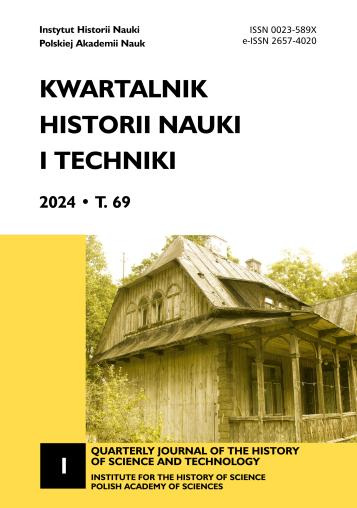Steller’s Sea Cow – Benedykt Dybowski’s Little-known Contributions to European Zoological Museography
Steller’s Sea Cow – Benedykt Dybowski’s Little-known Contributions to European Zoological Museography
Author(s): Piotr Daszkiewicz, Marcin Jan Kamiński, Dariusz IwanSubject(s): History, Cultural history, Museology & Heritage Studies, Library and Information Science, Ethnohistory, Special Historiographies:
Published by: Wydawnictwo Uniwersytetu Jagiellońskiego
Keywords: Steller’s sea cow; osteology; natural history collections; Benedykt Dybowski; Władysław Taczanowski; history of zoology
Summary/Abstract: The article presents the contributions of Benedykt Dybowski to the natural history of Steller’s sea cow – a marine mammal species, that had become extinct in the 18th c. Dybowski’s impact is highlighted in his iconic discoveries concerning the biology of this species. Namely, he revealed and described the sexual dimorphism of the Steller’s sea cow and was the first to propose the climatic hypothesis concerning its extinction. Furthermore, Dybowski sent the largest number of skulls and bones representing this species to European museums in the 19th c. Today, these artifacts are deposited in seven museums in five countries (England, Ukraine, Poland, Austria, and Monaco). Unfortunately, specimens sent to Polish scientific institutions were looted or destroyed during both world wars. Sources examined in the present paper picture Dybowski as a prominent zoologist who worked within an international network of other outstanding specialists of that time – especially Władysław Taczanowski of the Warsaw Zoological Cabinet. The documents analyzed here shed new light on the work of naturalists and museum workers, revealing behind-the-scenes complexities of purchasing scarce and valuable zoological specimens.
Journal: Kwartalnik Historii Nauki i Techniki
- Issue Year: 2024
- Issue No: 1
- Page Range: 67 - 76
- Page Count: 10
- Language: English

